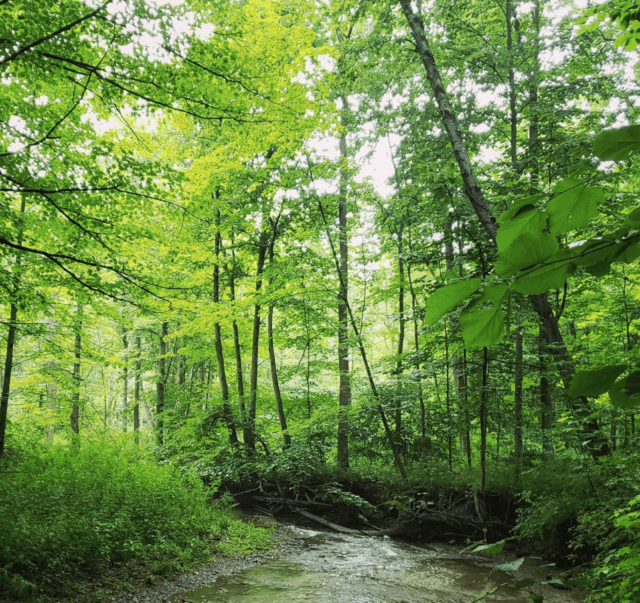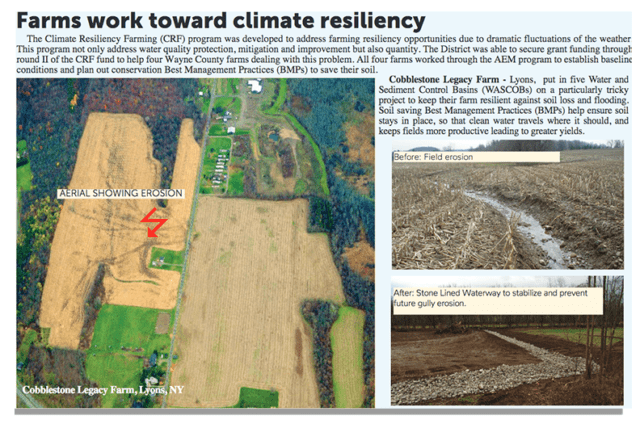
Photo Courtesy NYS DEC
NYSDEC recently announced that the application period for the ‘Trees for Tribs’ “Buffer in a Bag” Program is now open. Qualifying private and public landowners may apply for a free bag of 25 tree and shrub seedlings for planting near streams, rivers, or lakes to help stabilize banks, protect water quality, and improve wildlife habitat.
DEC’s Trees for Tribs Buffer in a Bag program provides free tree and shrub seedlings for organizations and private landowners to create or improve stream buffers on their property. The seedlings are available to qualified landowners for streamside plantings under DEC Buffer in a Bag Program Learn more at https://www.dec.ny.gov/animals/77710.html#Bag
Riparian buffers are strips of vegetation (trees, shrubs or grass) planted next to streams or other waterbodies. By planting vegetation along streams, space is created between the water and upland land uses, which helps protect the water quality and stream habitat. To qualify, landowners must have property in New York State with at least 50 feet bordering a stream, river, or lake, and provide photos or a map of the planting location.
Previous recipients are encouraged to reapply to continue to build riparian buffers. Applicants are eligible for one bag of 25 seedlings and recipients are chosen on a first-come, first-served basis. A total of 350 bags will be available statewide for this round of applications. The 2023 Buffer in a Bag program, application requirements, and the April 7 deadline. Applications are due by 3 p.m.
These mighty waterside plants start out small, but their impacts are huge:
🌱 They help reduce pollution from entering waterways
🌱 They absorb rain during storms, which slows flooding
🌱 Their roots hold soil in place, which prevents erosion
🌱 The provide wildlife habitat both on land and in the water
🌱 They provide shade, which cools water temperatures and protects native fish
🌱 They absorb and store carbon dioxide, which helps combat climate change
Contact treesfortribs@dec.ny.gov with questions and visit DEC’s Trees for Tribs webpage to learn more.

